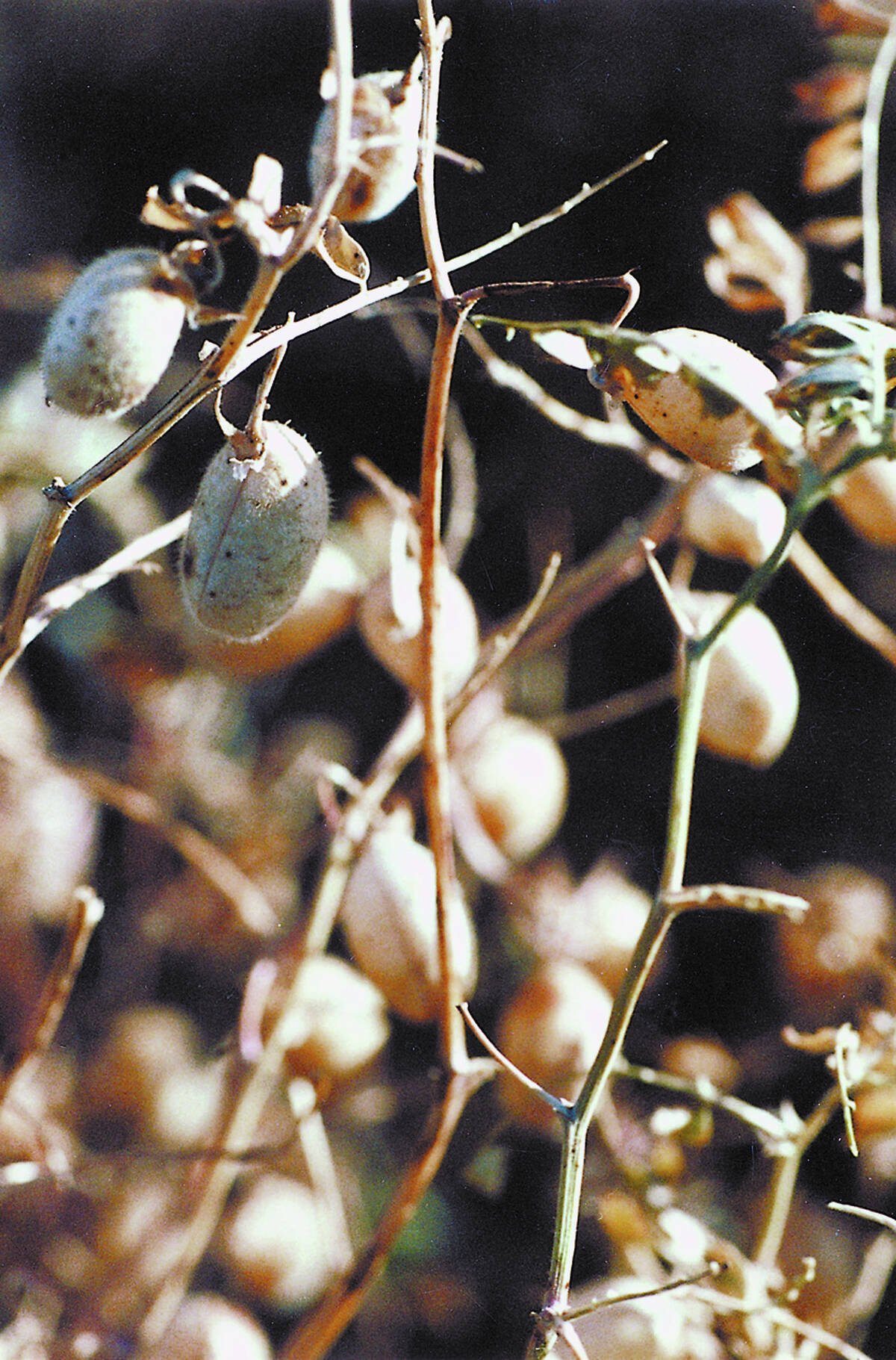The soaring supply of a livestock feed ingredient is transforming agriculture in the United States, says an American agricultural economist.
“The growth of distillers dried grain will likely have the largest impact on the animal feed industry of any event since the advent of soybean meal in the 1940s,” said Chris Hurt from Purdue University in West Lafayette, Indiana.
Ethanol plants are gobbling up so much corn and spewing out such a volume of distillers dried grain, or DDG, that they will soon start to influence seeding decisions south of the border.
Read Also

Low-quality chickpeas in abundance this year
There are plenty of low quality chickpeas to move this year but the pet food market is already oversupplied with product.
“(Farmers) will shift to more corn and less soybeans here in the Midwest,” said Hurt.
He expects the proliferation of ethanol plants will accelerate the transfer of soybean production out of the U.S. and into South America and will lead to a decrease in exports of U.S. corn and soybeans.
“It is a big deal,” said Hurt.
In the 2006-07 crop year, the U.S. ethanol industry is expected to consume 54.6 million tonnes or about 19 percent of total corn supplies.
At that rate of consumption, the plants will churn out 17.5 million tonnes of DDG. That is equal to nearly half of the 37.9 million tonnes of soybean meal crushers will produce in the coming crop year.
“That’s a bunch,” said Hurt.
And the ethanol industry is just revving up.
Current capacity in the U.S. is 20 billion litres of the alternative fuel.
The federal government has mandated 34 billion litres of production by 2012. Hurt expects the industry to meet that objective four years ahead of schedule.
DDG is well suited to cattle finishing diets where it can comprise up to 25 percent of rations. It provides feedlots with a cheap alternative to existing protein supplements.
“It really has a big competitive impact on soybean meal demand,” said Hurt. “Soybean meal is a net loser.”
And it is only going to get worse.
Hurt expects the supply of DDG to be so large in the near future that more of the ingredient will move into poultry and hog rations, where it is used as an energy source.
That will force DDG prices toward the lower end of the feed ingredient spectrum, just above what corn sells for.
Lower-priced DDG will put even more downward pressure on soybean meal prices. That, combined with the new demand for corn stemming from ethanol plants, will cause a shift in acreage out of soybeans and into corn.
The new feed ingredient could also have a big impact on the crushing industry and livestock sector.
If producers grow fewer soybeans, crushers will likely face higher input costs and lower returns for one of their key outputs, which would put a squeeze on crushing margins.
In the livestock sector it appears ethanol expansion will benefit cattle feeders and the dairy industry by offering a cheaper source of protein.
It remains to be seen if hog and poultry producers will be winners or losers. On one hand they have access to a new energy ingredient. On the other hand, they may face higher corn prices caused by soaring demand from the ethanol industry.
“This has some big implications for the livestock industry,” said Hurt.
But there are also some problems to overcome before DDG takes the livestock sector by storm.
While DDG works well in cattle rations, there are some issues when it is incorporated into hog, poultry and dairy rations, including high phosphorus levels, fat deposition in milk and meat and high concentrations of mycotoxins.
And there are inconsistencies in production quality from plant to plant and batch to batch, a byproduct of an industry where DDG is a second thought.
Plants are primarily interested in pumping out ethanol, a high value product that is generating returns on investment of 75-80 percent per year. At current ethanol prices, U.S. plants are paying for themselves in 15 months.
“They don’t worry about what comes out the other end,” said Hurt.















